
Ultra-micro balances
Une nouvelle ère pour le pesage
Une ultra-micro balance est une microbalance avec une précision d'affichage à 7 décimales. La meilleure cellule de pesée de sa catégorie offre des performances de pesage extrêmes qui font d'une ultra microbalance l'une des balances les plus précises du marché. Avec une portée pouvant atteindre 6,1 g et un poids d'échantillon minimum de seulement 30 µg (0,03 mg), les ultra-micro balances sont un atout indispensable dans les industries pharmaceutiques et biotechnologiques, ainsi que dans tous les secteurs qui utilisent de très petits échantillons de substances rares, toxiques ou puissantes.
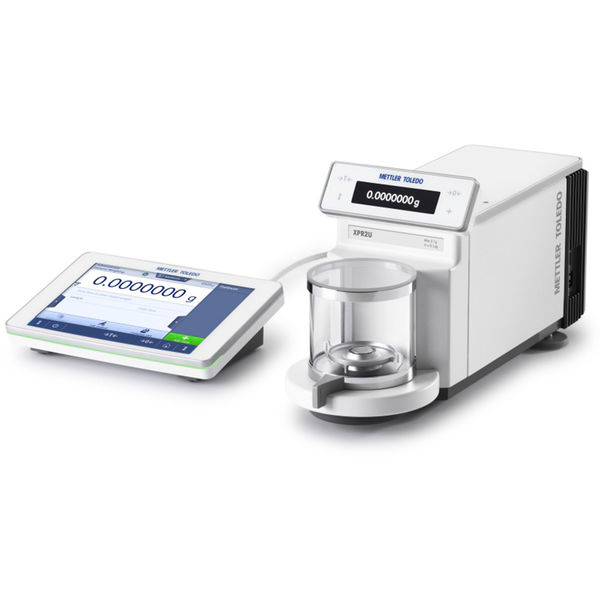
Balance XPR2U
Le micropesage à son apogée. portée de 2,1 g ; précision d’affichage de 0,1 µg; méthodes intégrées ; bloc-notes de résultats ; 2 afficheurs ; pare-brise automatique ; visibilité intégrale ; faible encombrement ; nettoyage facile ; Compatible avec LabX.
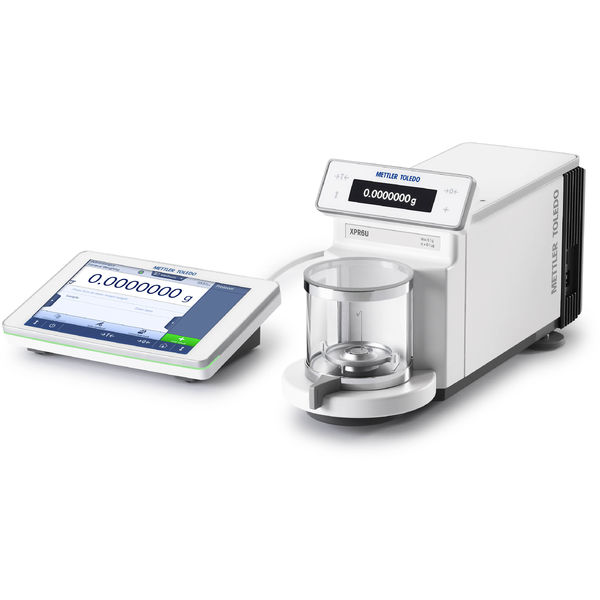
Balance XPR2U/M
Le micropesage à son apogée. portée de 2,1 g ; précision d’affichage de 0,1 µg méthodes intégrées ; bloc-notes de résultats ; 2 afficheurs ; pare-brise automatique ; visibilité intégrale ; faible encombrement ; nettoyage facile ; Compatible avec LabX.
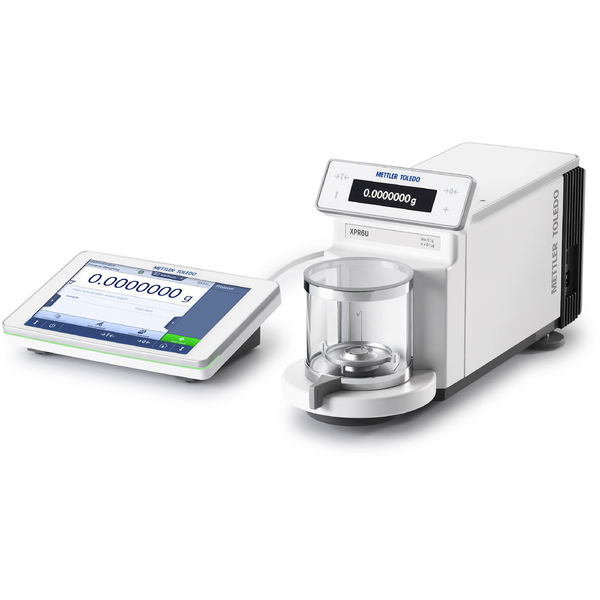
Comparateur XPR6U
Il est livré avec une capacité de 6.1 g et une lisibilité de 0.0001 mg. Les principaux avantages sont les suivants : détermination de masse très précise, erreurs de pesage minimisées, transfert de données sécurisé et fonctionnement hautement ergonomique.
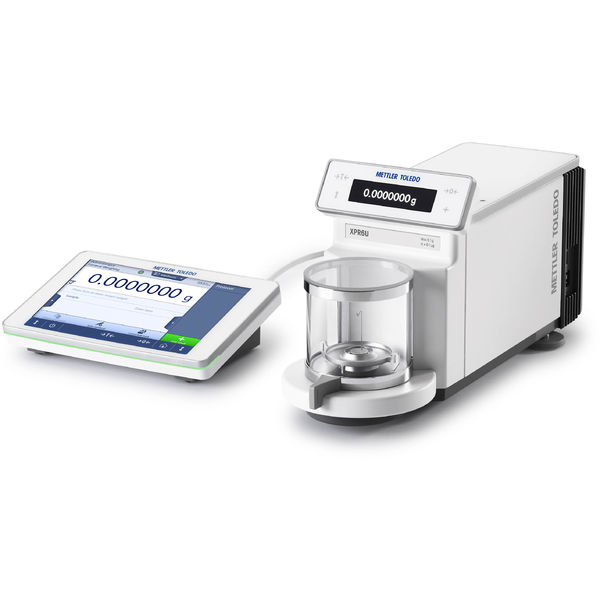
Comparateur XPR6U/M
L'ultra-microbalance Excellence XPR, d'une portée de 6,1 g et d'une précision d'affichage de 0,1 µg, est équipée d'un système de contrôle actif de la température, d'un programme GWP homologué inclus, d'une borne SmartView et d'une interface utilisateur moderne.
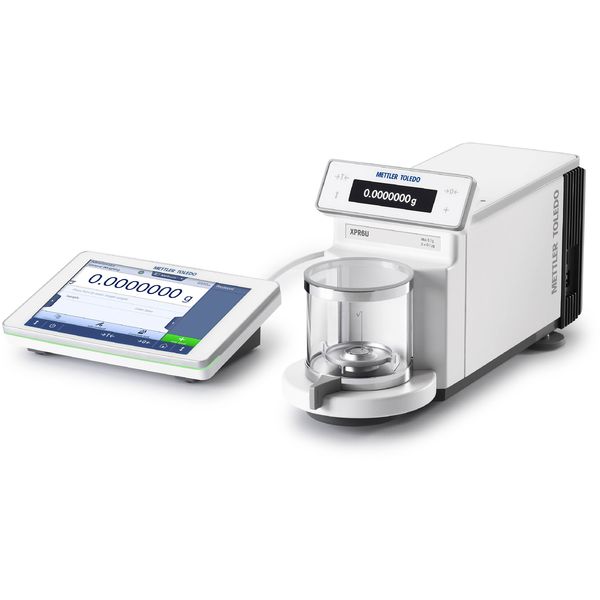
Balance XPR6UD5
Le micropesage à son apogée. portée de 6,1 g ; précision d’affichage de 0,5 µg ; méthodes intégrées ; bloc-notes de résultats ; 2 afficheurs ; pare-brise automatique ; visibilité intégrale ; faible encombrement ; nettoyage facile ; Compatible avec LabX.
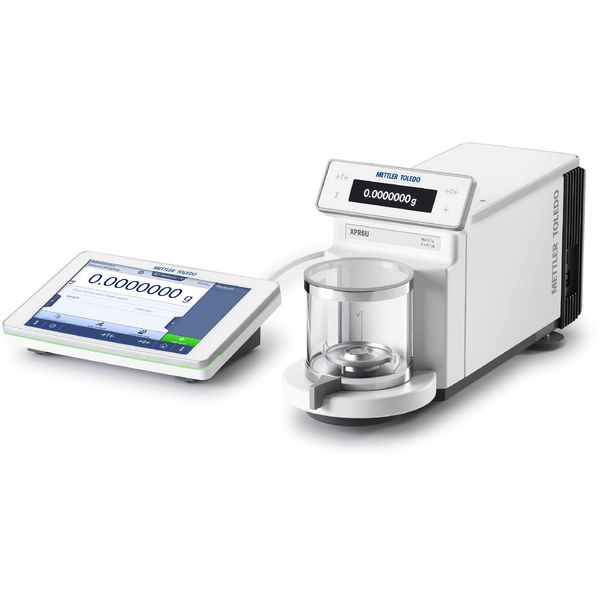
Balance XPR6UD5/M
Le micropesage à son apogée. portée de 6,1 g ; précision d’affichage de 0,5 µg ; méthodes intégrées ; bloc-notes de résultats ; 2 afficheurs ; pare-brise automatique ; visibilité intégrale ; faible encombrement ; nettoyage facile ; Compatible avec LabX.
Avantages des ultra-micro balances
Découvrez nos services conçus pour répondre à vos besoins
Nous vous offrons une assistance technique et des services de maintenance tout au long du cycle de vie de vos instruments de mesure, depuis l'installation jusqu'à la maintenance préventive et l'étalonnage, en passant par le dépannage.
Questions fréquentes
Qu'est-ce qu'une ultra-micro balance ?
Définition d'une ultra-micro balance : une ultra-micro balance est un instrument de pesage de haute précision offrant une précision d'affichage à sept décimales (0,1 µg). Les ultra-micro balances sont idéales pour déterminer le poids de quantités exceptionnellement faibles de substances, souvent dans la plage de pesée du microgramme. La cellule de pesée très sensible d'une ultra microbalance permet de peser des échantillons de seulement 30 µg avec une extrême précision.
Regardez notre vidéo sur la préparation d'échantillons avec une ultra-micro balance XPR :
À quoi sert une ultra-micro balance ?
Les applications impliquant le pesage de très petits échantillons avec un haut niveau de précision requièrent généralement l'utilisation d'une ultra-micro balance. Lors du pesage sur une ultra-micro balance, seules des quantités infimes sont nécessaires. Cela est particulièrement important, non seulement lorsque les substances sont rares ou coûteuses, mais aussi lorsqu'elles sont toxiques ou ont des effets physiologiques puissants. Leur manipulation est ainsi plus sûre pour l'utilisateur de l'ultra microbalance et plus économique. En effet, les économies réalisées grâce à l'utilisation de micro-échantillons permettent d'amortir rapidement le coût de l'ultra microbalance. Les ultra microbalances sont utilisées dans diverses applications, notamment l'assurance qualité et les tests de produits. Parmi les applications courantes des ultra-micro balances figurent la détermination des particules dans les tests d'émissions (pesage de filtres), la calcination ou l'incinération, la mesure des revêtements et le contrôle des quantités déversées.
Visitez notre page de la bibliothèque d'applications pour en savoir plus sur le pesage avec une ultra microbalance.
Nos vidéos d'application sur les ultra microbalances sont également disponibles ici.
Quelle ultra-micro balance correspond à mes besoins ?
Certains facteurs clés doivent être pris en compte lors du choix de l'ultra-micro balance adaptée à votre application :
- Quelle est la plus petite quantité que vous devez peser ?
- Quelle est la quantité maximale que vous devez peser ?
- Avec quelle précision souhaitez-vous pouvoir peser ? (Quelle est la tolérance de processus acceptable ?)
- Quelles sont les conséquences négatives d'un résultat de pesage incorrect ? (Quel est le risque lié au processus ?)
En outre, il est important de comprendre l'incertitude pour garantir des résultats précis et éviter les erreurs. Chaque mesure de poids sur une ultra-micro balance, comme sur n'importe quelle balance, présente un degré d'incertitude. À l'extrémité inférieure de la plage de pesée des ultra-micro balances, l'incertitude est presque entièrement due à la répétabilité. Il convient de noter que c'est la répétabilité qui définit la précision d'un instrument de pesage, et non la lisibilité. La précision d'affichage correspond à la plus petite différence de poids pouvant être déterminée par votre ultra microbalance. La plus petite quantité réelle que vous pouvez peser sur votre ultra microbalance est appelée pesée minimale de la balance. En dessous de la valeur de pesée minimale, l'incertitude est trop grande pour que les résultats de pesage soient fiables. La pesée minimale de votre ultra-micro balance dépend également de vos tolérances de processus et des risques liés au processus.
METTLER TOLEDO propose GWP® Recommendation : un service gratuit qui vous aide à sélectionner l'ultra-micro balance adaptée à votre application et à vos exigences de précision. Consulter votre représentant local pour en savoir plus.
Comment effectuer un pesage sur des ultra-micro balances.
Lors du pesage sur les ultra-micro balances, il est important de toujours porter des gants. Le fait de toucher des outils, des récipients et des échantillons à mains nues peut entraîner le transfert d'huiles et de saletés, ce qui peut affecter les résultats de pesage. Il est recommandé d'utiliser des micro-pinces pour transférer les articles vers et depuis la chambre de pesée de votre ultra-micro balance. Pour démarrer une tâche de pesage sur votre ultra-micro balance, appuyez d'abord sur zéro. Ouvrez la porte du pare-brise et placez doucement le récipient de pesage sur le plateau de pesée. Fermez la porte du pare-brise et attendez que la valeur affichée à l'écran se stabilise. Appuyez maintenant sur la tare. Une fois que vous avez dosé votre échantillon, fermez la porte du pare-brise et attendez que la micro balance se stabilise. Vous devez éviter de toucher la balance ou le banc de pesage pendant la période de stabilisation, car les ultra-micro balances sont très sensibles aux mouvements. Répétez la procédure de dosage jusqu'à ce que vous ayez atteint le poids cible, puis enregistrez le poids net comme indiqué sur l'écran de la balance. Nettoyez votre ultra- micro balance et l'espace de travail environnant après chaque utilisation, ainsi que tous les outils et équipements utilisés.
Regardez notre vidéo, qui explique comment effectuer un pesage sur une ultra microbalance :
Les ultra-micro balances XPR sont dotées de capteurs infrarouges intégrés qui vous permettent d'ouvrir et de fermer la porte d'un simple geste de la main, ce qui contribue à accélérer les processus de pesage et à réduire les vibrations.














